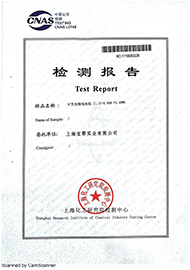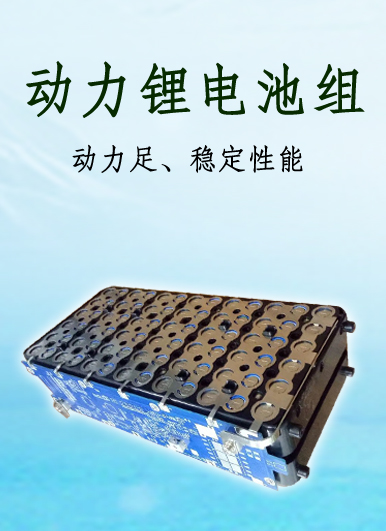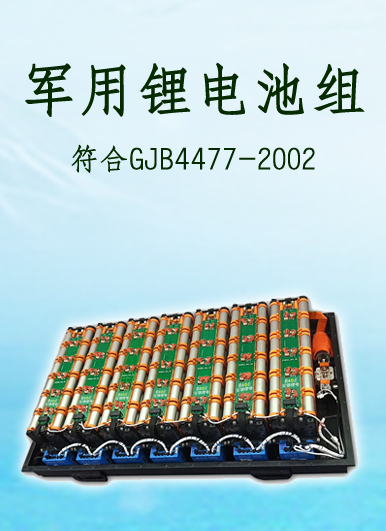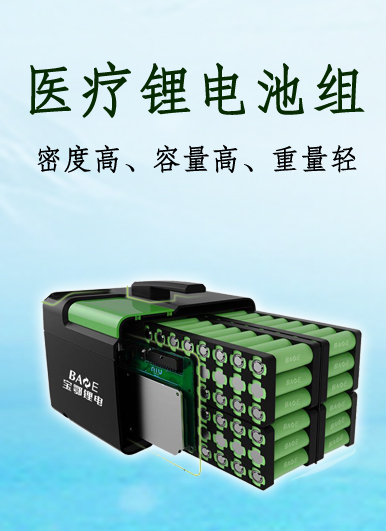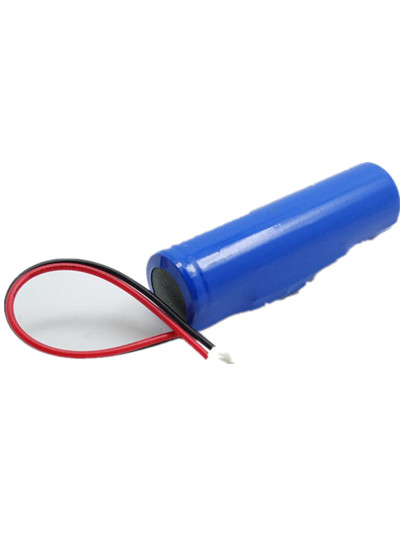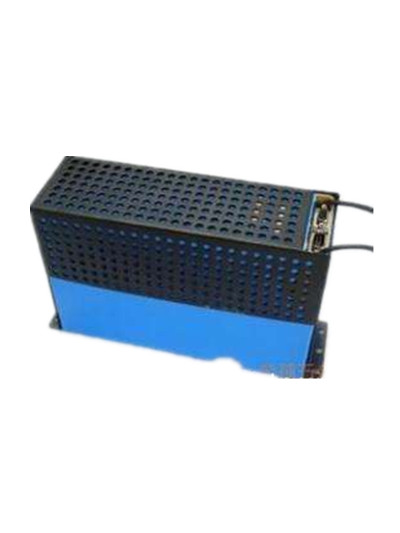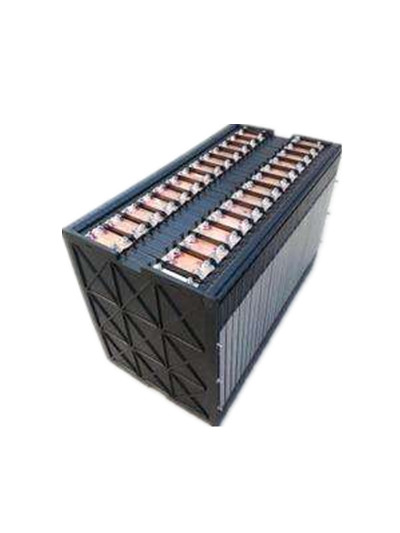锂电池每度电的性能循环和衰减的理论
来源:宝鄂实业
2019-06-29 10:37
点击量:次
Some people say that technology will develop and the problem of resistance of solid-state batteries will be solved. It's not easy for some of the problems that come from genes. Fuel cells, for example, had to rely on precious metal catalysts 10 years ago. Bipolar plates were expensive and water and heat management was difficult. After the launch of Toyota's fuel cell vehicle Mirai, we still see the dependence on precious metals, bipolar plates still account for a large part of the cost of the stack, and the difficulties of hydrothermal management remain. I saw a video of a moving Mirai running while draining water. Think about what it would be like if we had winter in the Great Northeast of China.
Speaking of demand and cost. In fact, the cost is really not to say. Because the cost is high, there must be no market? I don't think so. It depends on the price. Who sets the price? The market sets it. For example, battery in the energy storage market, we need to calculate how much we need to store once electricity. For example, the price of lithium batteries is 3000 yuan per kilowatt hour, which can be recycled 10,000 times (assuming no attenuation). Then his simple calculation of the cost of one-time electricity is 0.3 yuan, so that users will calculate whether it is cost-effective for me to spend 30 cents per kilowatt hour. When there is no subsidy, many people feel it is not cost-effective. And a cell phone battery, I checked, 2000 mAh price is about 70 yuan, according to the life of 800 cycles, then I use the price of one-time electricity is about 12.15 yuan. But who would do that? We can calculate a maximum of 70 yuan to buy a battery for two years, which is not cost-effective. That is to say, the real price is determined by the market. Therefore, in the energy storage market, 3 cents for one-time electricity will feel expensive. In the consumer market, 12 yuan for one-time electricity also feels acceptable, although the cost difference is 40 times.
说了需求,再说说成本。其实成本实在是没得说。因为是不是成本高了,就一定没有市场呢?我觉得不是,要看价格。价格是谁定的,市场定的。比如储能市场上的电池,我们要计算我们存储一度电需要多少钱。比如锂电池每度电的价格是3000元,能循环1万次(假设不衰减),那么他发一度电的成本简单计算就是0.3元,这样用户就会计算,我一度电花三毛钱是不是划算,在没有补贴时,很多人都觉得不划算。而一块手机电池,我查了下,2000mAh的价格差不多70元,按照循环800次的寿命计算,那么我用一度电的价格差不多12.15元。但是有谁会这样计算呢?我们最多计算70块钱买块电池,用两年,划不划算而已。也就是说,真正的价格,是市场定的。所以储能市场,3毛钱用一度电会觉得贵,在消费市场,12块钱用一度电,也觉得可以接受,虽然使用成本相差了40倍。
对于成本,我们总希望越来越低。但是到底低到什么程度,我们才能接受。作为普通老百姓的我,心里有个起码的标准,就是我行驶5万公里,总成本能和燃油车持平甚至更低,这个时候,消费者会考虑电动车技術が発展し、固体電池の抵抗の問題が解決されるという人がいます。遺伝子からの問題については、簡単ではない。例えば燃料電池は10年前に貴金属触媒に依存しなければならず、双極板のコストが高く、水熱の管理が困難でした。トヨタの燃料電池自動車Miraiが発売された後も、貴金属に対する依存性を見てきました。双極板は依然として電気炉のコストの大きな部分を占めています。私はビデオを見たことがあります。走行中のMiraiが走り、排水しています。わが国の大東北の冬だったら、これはどのような光景になるだろうかと考えてみます。
需要を言って、またコストを言います。実はコストは全く言えません。コストが高いから市場がないということですか?違うと思います。価格を見たいです。価格は誰が決めましたか?市場が決めました。たとえばエネルギー市場の電池を蓄えるなら、私達は一度の電気を蓄えるのにいくら必要かを計算します。例えばリチウム電池の一度の電気料金は3000元で、1万回の循環ができます。一度の電気のコストは0.3元です。そうすると、ユーザーは計算します。一度電気で三毛を使うのはお得ですか?補助金がない時、多くの人がお得だと思います。一つの携帯電話の電池は、2000 mAhの価格は70元ぐらいで、800回の寿命で計算します。一度の電気の価格で12.15元ぐらいです。でも、誰がこのように計算しますか?電池は最大70元で買います。2年間使うと、割りに合わないです。つまり、本当の価格は市場で決められています。だからエネルギーの市場を蓄えて、3角は一回の電気で高いと感じることができて、消費市場で、12元は一回の電気を使って、同じく受け入れることができると感じて、使うコストは40倍違いますが。
コストに対しては、私たちはいつもより低くなりたいです。しかし、どれぐらい低いのか、私たちは納得できます。普通の庶民の私として、最低限度の標準があります。つまり、5万キロを走ります。総コストはガソリン車と同じで、さらに低いです。この時、消費者は電気自動車を考えます。


